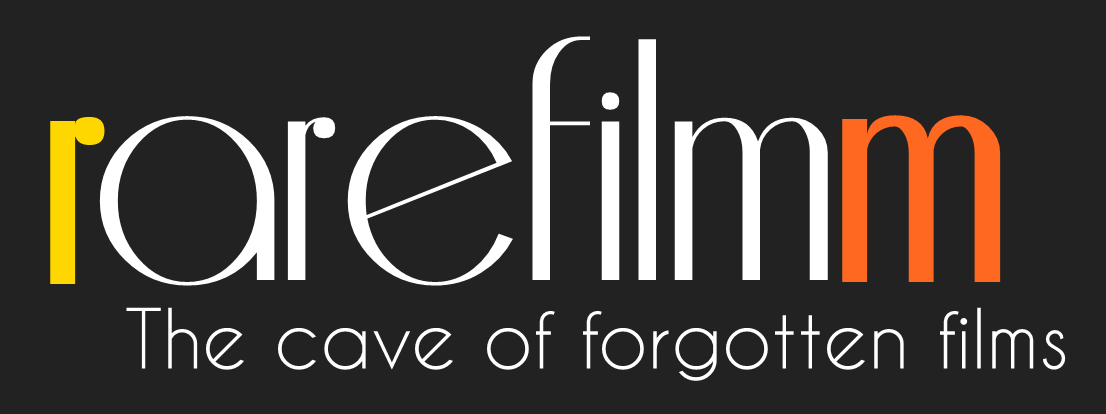In a final act of defeat or defiance, a man builds a sinister contraption. This darkly humorous low-budget short film satirises the typical male pursuits of physical toil and precision craftsmanship. The Contraption is directed by James Dearden who would go on to write Fatal Attraction (1987) and stars The Rocky Horror Picture Show‘s Richard O’Brien.
Category: Short
This film is a moving blend of blues music and images recounts the journey of the millions of African-Americans who made their way from the Mississippi Delta to cities in the North during the 1930s and 1940s. It was nominated for an Academy Award for Best Documentary Short.
Britain’s first musical shot in colour and widescreen (a process called Cosmoscope) is a cabaret-style featurette centred on a group of young people in Chelsea lodgings, watched over by a fatherly caretaker. Eight specially written songs are performed by stage stars of the day – most notably Georgia Brown, who later created the role of Nancy in Oliver!
A well-worn maxim suggests that it’s always best to create stories about ‘what you know’, and Yousaf Ali Khan’s accomplished short Talking with Angels goes a long way to show why this is advice best followed. Based on Khan’s own childhood and created with the intention of bucking the social ideals of what constitutes a ‘normal’ family, the film tells the story of the struggle faced by a poor family as they make their way through 1970s run-down Salford to a clinic for their schizophrenic mum’s regular injection of Largactil, a drug to dampen the voices and visions that plague her and those around her. Viewed as spacs and weirdos by the people they encounter on the journey, it’s 10- year-old Alan who takes charge and must battle with the shame imposed on him by the outside world for the family he loves and belongs to.
?O, Zoo! (The Making of a Fiction Film) is ostensibly about the making of Peter Greenaway’s feature film, A Zed and Two Noughts, the production of which Phil Hoffman was invited to the Netherlands to observe. However, Hoffman’s film actually concerns the terms and conditions under which it was itself made. In part, the film translates actuality and memory into invention and fiction in which the symbolic father is cast as a real ancestor. Hoffman rewrites the Canadian documentary tradition into a family memory and romance.
This film celebrates the life and work of one of Cornwall’s best-loved artists, Alfred Wallis (1855-1942). We’re invited to look afresh at his paintings in light of the land and seascapes that inspired him. Reminiscences by friends and relatives are the focus rather than appraisal of his work by an authoritative art critic – aptly enough for an artist who worked outside the ‘establishment’.
Originating from the filmmaker’s childhood confusion over an English expression regarding sex, Marie Paccou’s 1998 animation is the absurd, yet emotive tale of a woman who wakes one day to find a small man growing out of her abdomen. Telling her surreal story through sketchy black-and-white animation, complemented by a philosophical voiceover, at the center of Un Jour is a thought-provoking metaphor that is bound to provoke many different readings.
Through a meaningful hail of bullets, flying glass and bloodshed, this animated film poses many profound questions about watching and responding to TV violence. Its images and sounds are disturbing and provocative, forcing viewers to examine what, why and how they watch TV, and to examine the effects of television violence on themselves and others.

 For any questions or requests you can always find me at rarefilmm@gmail.com. Stay tuned for those new movies! Thank you once again for all the love and support and thanks a lot to everyone who keeps spreading the word about the site, the rarefilmm community is truly amazing, I'm very grateful for all your love and support
For any questions or requests you can always find me at rarefilmm@gmail.com. Stay tuned for those new movies! Thank you once again for all the love and support and thanks a lot to everyone who keeps spreading the word about the site, the rarefilmm community is truly amazing, I'm very grateful for all your love and support 
